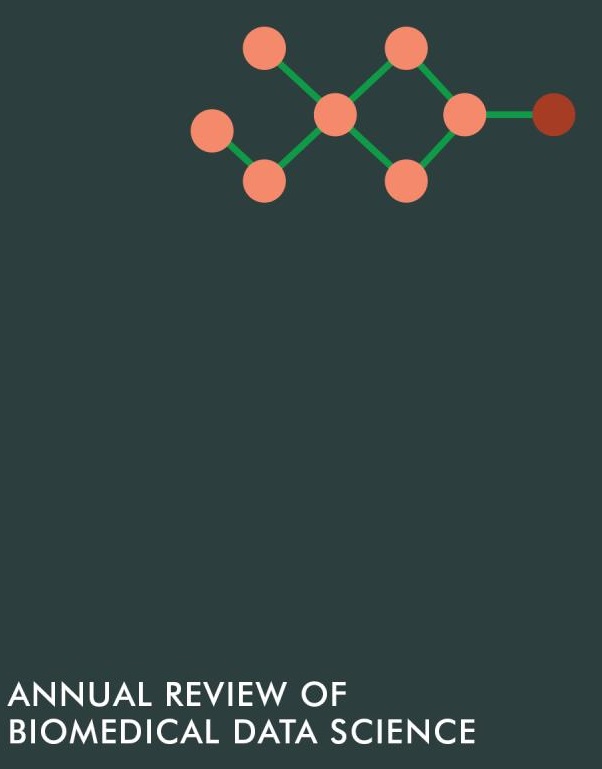整合成像和组学:计算方法和挑战
IF 7
Q1 MATHEMATICAL & COMPUTATIONAL BIOLOGY
Annual Review of Biomedical Data Science
Pub Date : 2019-07-22
DOI:10.1146/ANNUREV-BIODATASCI-080917-013328
引用次数: 27
摘要
荧光显微镜成像长期以来一直是生物医学研究中基于DNA测序和质谱的组学的补充,但这些方法现在正在融合。一方面,组学方法正在从在大细胞群体中平均的体外方法转向具有单细胞敏感性的原位分子表征工具。另一方面,荧光显微镜成像已经从组织和细胞的形态学描述转向单分子分辨率的定量分子图谱。最近以计算方法为基础的技术发展已经开始模糊成像和组学之间的界限,并使它们的直接相关性和无缝集成成为一种令人兴奋的可能性。随着这一趋势的迅速发展,它将使我们能够创建具有空间和时间背景以及亚细胞分辨率的生物系统的全面分子图谱。实现这一宏伟目标的关键将是新颖的计算方法,并成功应对数据集成和共享以及云计算大数据分析的挑战。本文章由计算机程序翻译,如有差异,请以英文原文为准。
Integrating Imaging and Omics: Computational Methods and Challenges
Fluorescence microscopy imaging has long been complementary to DNA sequencing- and mass spectrometry–based omics in biomedical research, but these approaches are now converging. On the one hand, omics methods are moving from in vitro methods that average across large cell populations to in situ molecular characterization tools with single-cell sensitivity. On the other hand, fluorescence microscopy imaging has moved from a morphological description of tissues and cells to quantitative molecular profiling with single-molecule resolution. Recent technological developments underpinned by computational methods have started to blur the lines between imaging and omics and have made their direct correlation and seamless integration an exciting possibility. As this trend continues rapidly, it will allow us to create comprehensive molecular profiles of living systems with spatial and temporal context and subcellular resolution. Key to achieving this ambitious goal will be novel computational methods and successfully dealing with the challenges of data integration and sharing as well as cloud-enabled big data analysis.
求助全文
通过发布文献求助,成功后即可免费获取论文全文。
去求助
来源期刊
CiteScore
11.10
自引率
1.70%
发文量
0
期刊介绍:
The Annual Review of Biomedical Data Science provides comprehensive expert reviews in biomedical data science, focusing on advanced methods to store, retrieve, analyze, and organize biomedical data and knowledge. The scope of the journal encompasses informatics, computational, artificial intelligence (AI), and statistical approaches to biomedical data, including the sub-fields of bioinformatics, computational biology, biomedical informatics, clinical and clinical research informatics, biostatistics, and imaging informatics. The mission of the journal is to identify both emerging and established areas of biomedical data science, and the leaders in these fields.

 求助内容:
求助内容: 应助结果提醒方式:
应助结果提醒方式:


